Baldur’s Gate 3 performed even better in 2024 than it did in 2023 with far more active daily users, and started this year off with over 120,000 players. It is unbelievable how well this traditional cRPG is doing when even Larian Studios worried that it would get lost under the shadow of Starfield.
It still shows no signs of slowing down, and there’s still one more patch to be released. There’s no doubt in my mind that this is a game we’ll still be talking about years from now.
Why Is Baldur’s Gate 3 Such A Hit?
It’d be easy to overthink why Baldur’s Gate 3 was a huge success, and the big publishers will most likely learn all of the wrong lessons. But as Larian Studios CEO Swen Vincke said during his speech at The Game Awards 2024, the answer is “stupidly simple”.
Larian made “a game that they wanted to play themselves”; Baldur’s Gate 3 was not driven by shareholders or a desire to increase revenue streams by any means possible, as Larian refused to treat “their players as users to exploit” or its “developers like numbers on a spreadsheet”. It was a game made out of passion, using the success of past titles like Divinity: Original Sin 2 and the unique benefit of early access to fund its ambitious ideas instead of out-of-touch investors. And that passion can be felt: it isn’t a shallow, empty game full of gimmicks or time drains designed to keep you trapped in its ecosystem, nor are its mechanics and ideas sanded down for mass appeal — it’s unashamedly Larian Studios.
As my colleague Andrew King wrote, it was the polar opposite of Dragon Age: The Veilguard. Our party in Baldur’s Gate 3 is made up of some of the most personable companions in the medium’s history, even rivalling the Dragon Age: Origins troupe. But BioWare lost that magic with its newest sequel, which was a sanitised, overly linear husk of its forebears, made dull by writing that felt like it was run through a dozen focus groups (which it essentially was).
It doesn’t feel BioWare, it feels cold and lifeless, a product designed to capitalise on a legacy brand, taking the safest possible route at every turn. I’ll be surprised if we’re talking about it this time next year, let alone in a decade.
The fact Larian Studios is moving away from its most successful game instead of diving into a sequel perfectly highlights the difference in approach.
But making a game that’s meaningful to the team behind it, one that stays true to a developer’s vision and not the whims of shareholders or algorithms, is only the first step. Games like Baldur’s Gate 3 continue to thrive years after launch because of their communities.
Mods Keep Games Alive
Skyrim was a huge, enduring success in part because it was a boundary-pushing RPG that — as Vincke said of Baldur’s Gate 3 — you could imagine Bethesda having as much fun playing as we did.
The opening is a spectacle that was bound to be iconic, but it doesn’t overstay its welcome. You’re quickly thrown into a wide open-world to explore, and the various ways you can build your character starting from that very moment make each step out of Helgen feel as exciting as the last, just like stepping out of the ruins of the Nautiloid. Both are amazingly replayable games.
But the thing that has kept Skyrim in the zeitgeist for so long is its modding community. It wasn’t designed to be modded, but the tools were made readily available so that fans could build on the foundations laid by Bethesda. They started small, with UI tweaks, new armour sets, and player homes. But we’ve now seen entire games come out of Skyrim’s community and foundations, like The Forgotten City, and hugely ambitious projects that seek to open up the rest of Tamriel to us.
Mods are why Skyrim thrives to this day, and when that became clear, Bethesda fostered that side of the community with official support, even bringing mods to console and special re-releases. Larian Studios has already done the same, and for that reason, even after it has moved on, the torch of Baldur’s Gate 3 will be carried by its community.
We Can’t Forget The Cast
Baldur’s Gate 3 has finally taken Skyrim’s crown after over ten years, but it’s not just the next in a long line of RPG titans. There’s something truly special about the success of Larian’s game — its cast.
The fact that the actors are just as charismatic outside of the game, and so actively involved in the community, has allowed fans to connect with their characters even more than some of the most beloved parties in the medium, from Mass Effect to Final Fantasy 7.
Seeing Neil Newbon stream his playthrough of Baldur’s Gate 3, or watching everyone reunite with High Rollers to play a game of Dungeons & Dragons, has made them inseparable from the game. Lydia, Delvin, Cicero, and so many other Skyrim characters became icons in their own right, but the Baldur’s Gate 3 cast is iconic beyond the game. They have cemented so many of these characters in gaming history because of that, and I’m sure that the likes of Astarion, Shadowheart, Lae’zel, Karlach, and Gale will be as relevant as Baldur’s Gate 3 as the years march on.
The BAFTAs even recognised Shadowheart as the tenth most iconic video game character of all time, though this may be overkill.
Designed by a passionate studio that refused to bow down to the increasingly cynical industry standards, one that fostered an equally passionate community with a truly talented cast at the centre, Baldur’s Gate 3 was the perfect storm. It is, without a shadow of a doubt, the new Skyrim, an immensely popular RPG that I’ve no doubt will still be as popular in ten years’ time.
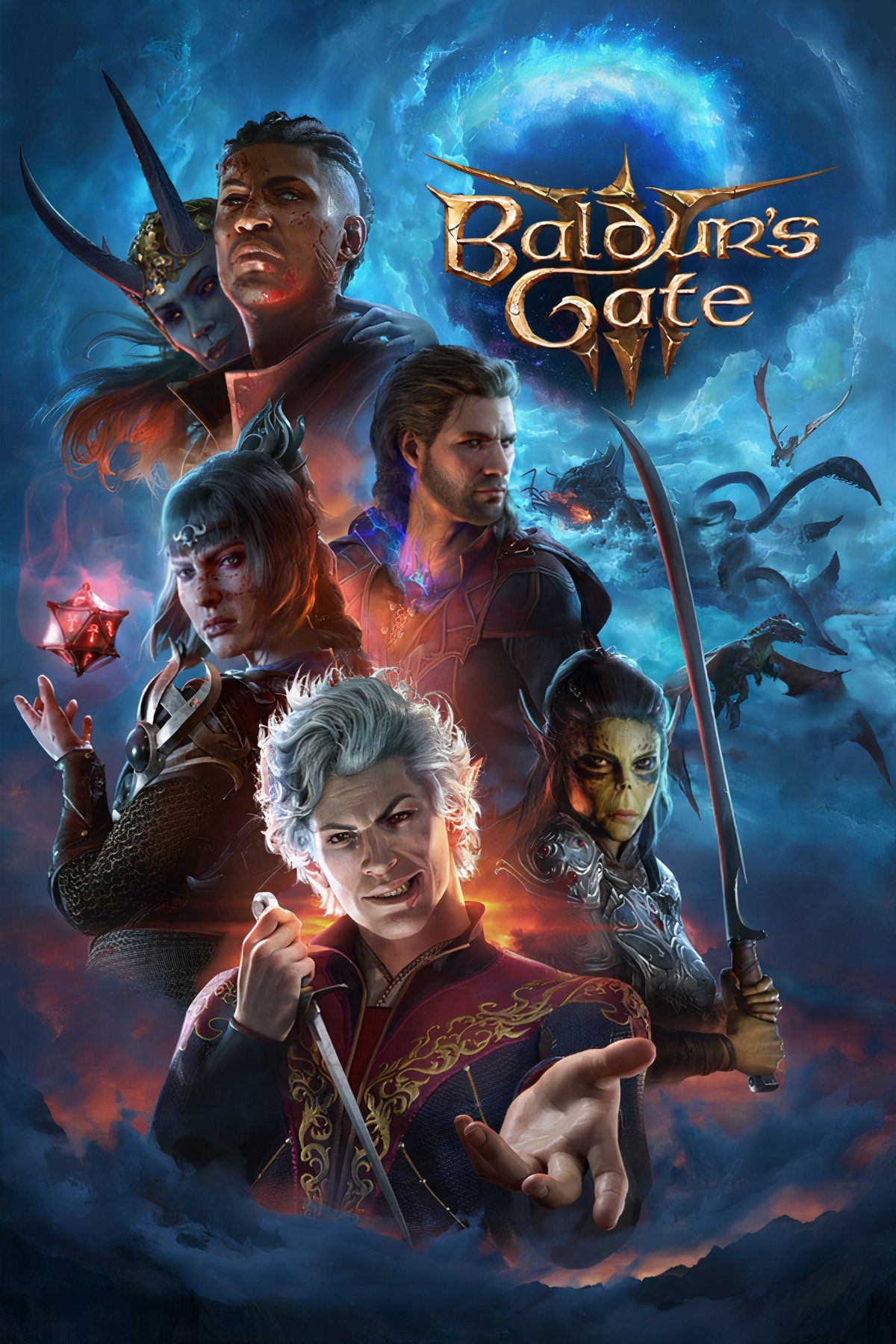
Baldur’s Gate 3 is the long-awaited next chapter in the Dungeons & Dragons-based series of RPGs. Developed by Divinity creator Larian Studios, it puts you in the middle of a mind flayer invasion of Faerûn, over a century after the events of its predecessor.
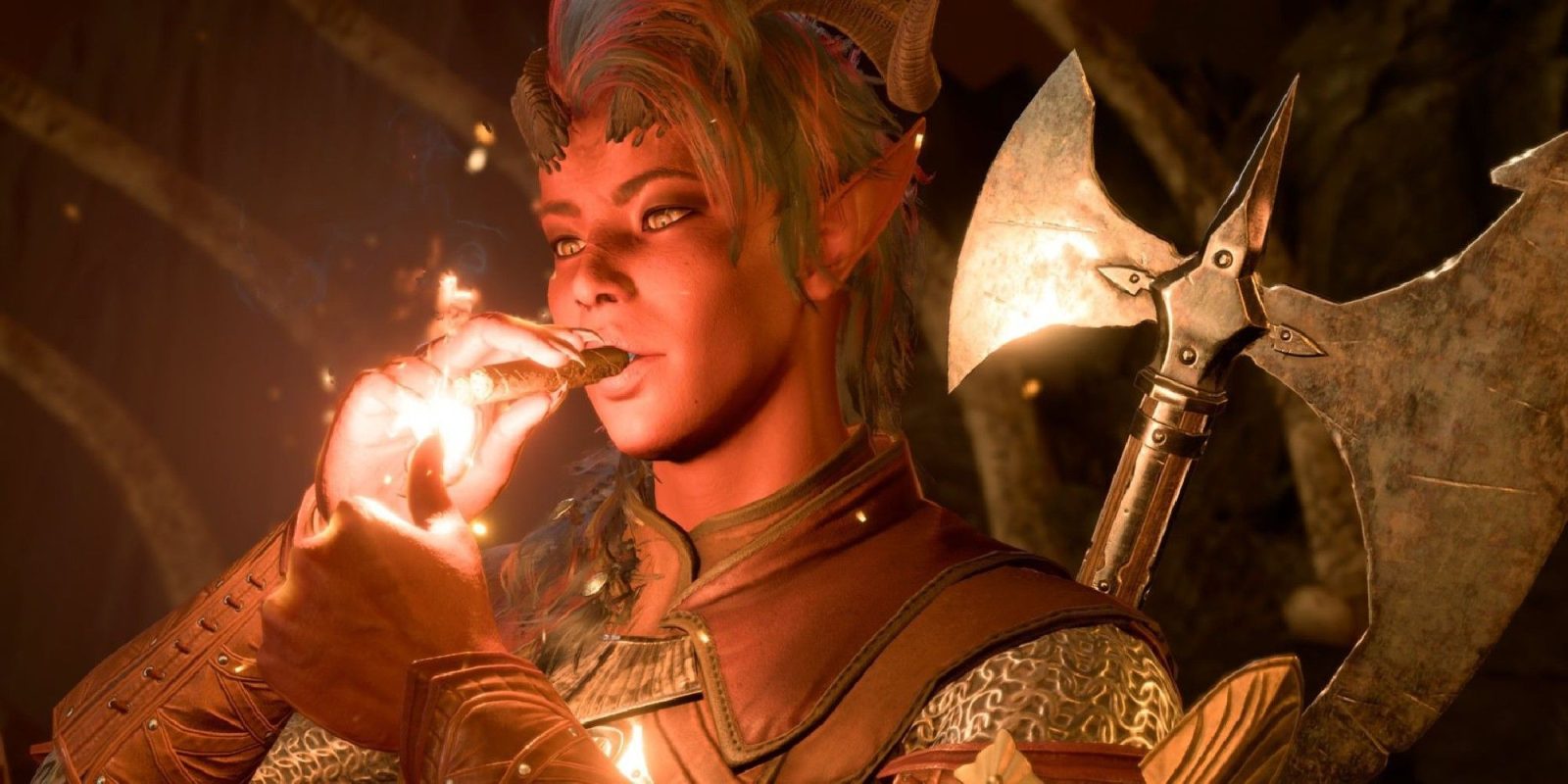

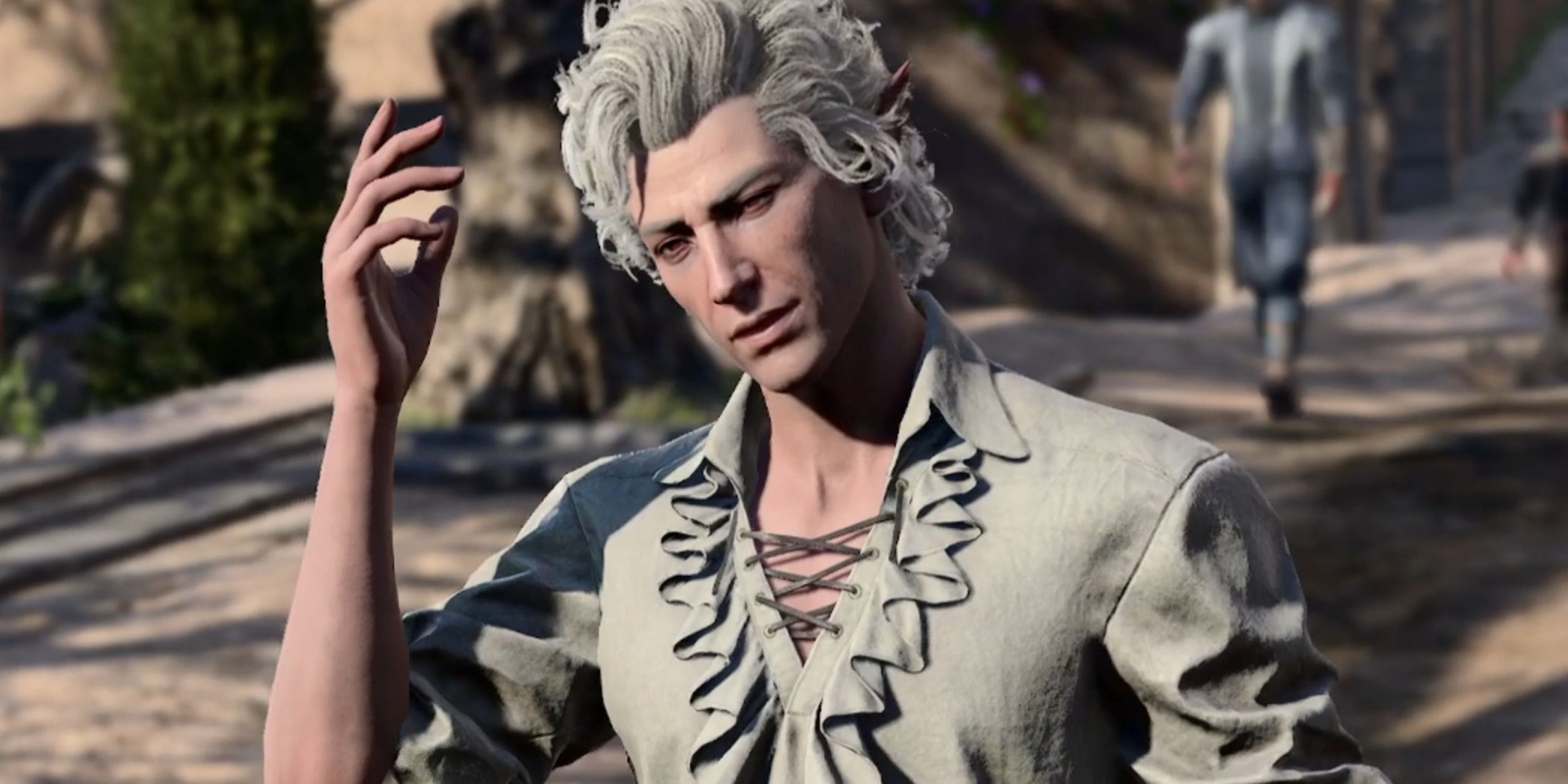
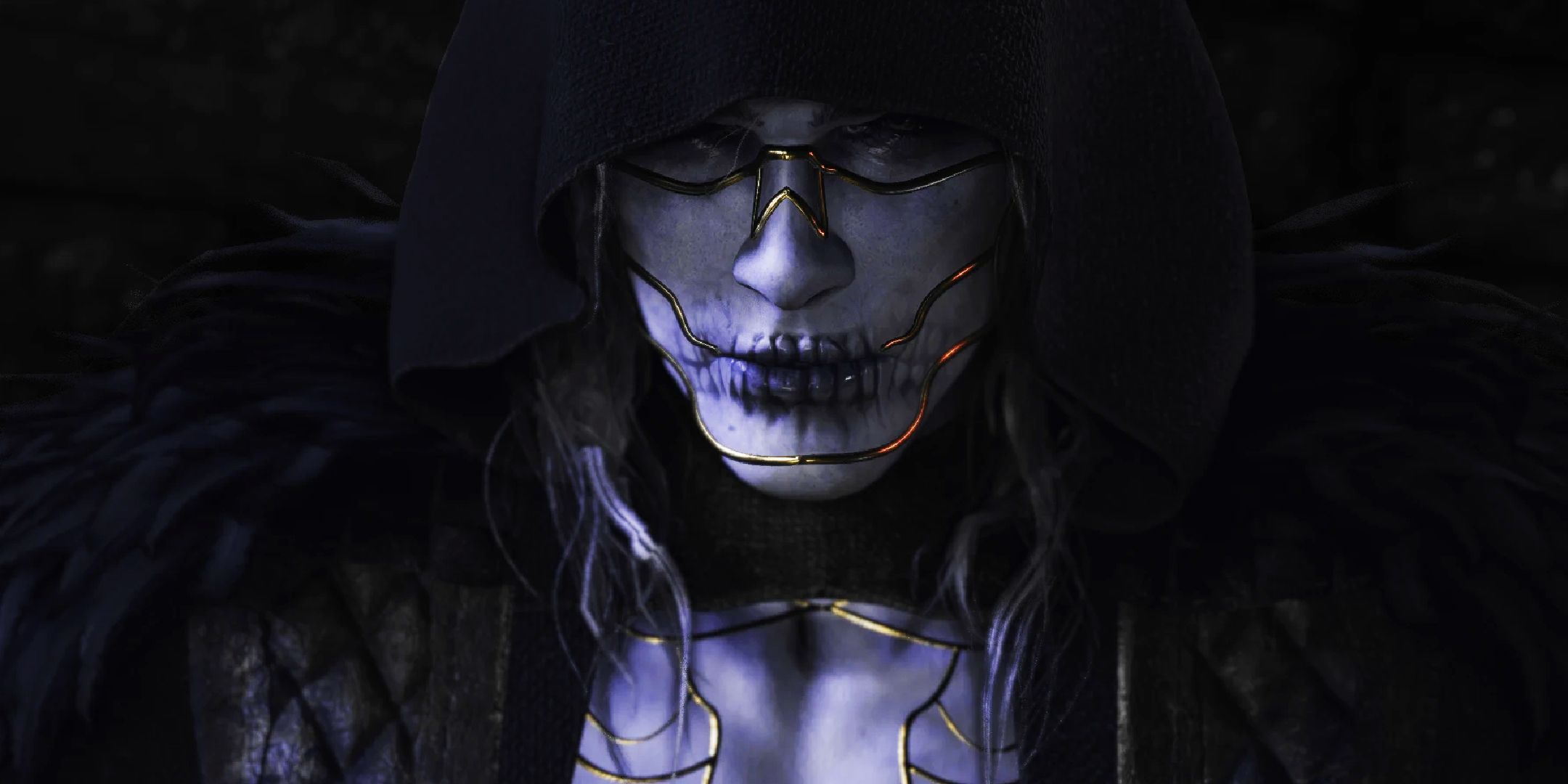









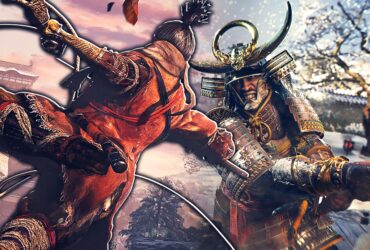
Leave a Reply